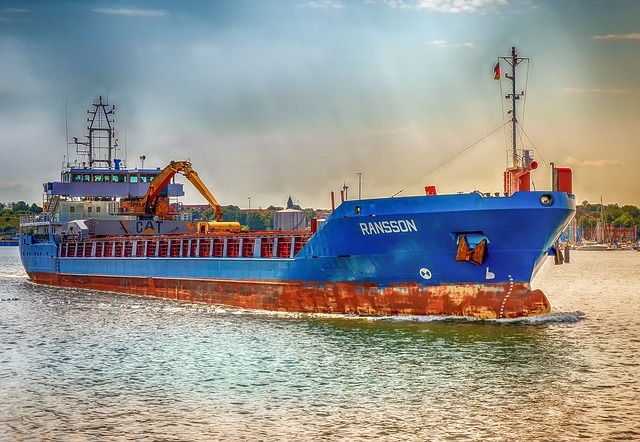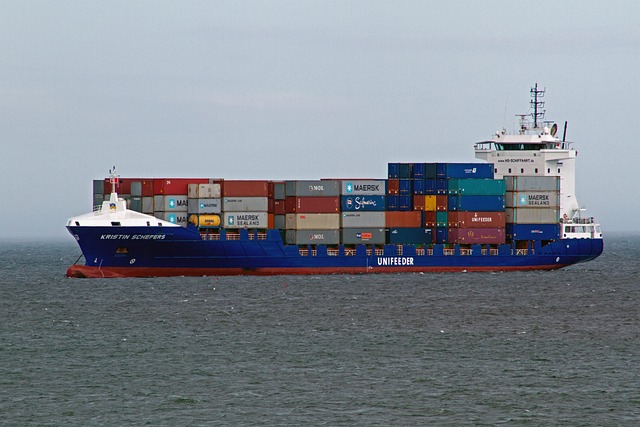Transporting a vehicle abroad involves considering distance, weather, and vehicle type, impacting shipping costs. The process includes preparation, choosing a reliable shipping company, and navigating documentation and customs. To optimize costs, plan during off-peaks, be flexible with dates, maximize loading capacity, and maintain the vehicle pre-shipping. These strategies ensure cost-effective overseas vehicle shipping.
Shipping a vehicle across the country can be a complex and costly endeavor, but understanding the factors at play can help you make informed decisions. In this article, we clarify the cost to ship a vehicle cross-country, breaking down the influencing factors and the process involved in international vehicle shipping. We also offer valuable tips to optimize and reduce these expenses, ensuring a smoother journey for your overseas vehicle transport needs.
- Understanding the Factors Influencing Cost
- The Shipping Process and Associated Expenses
- Tips to Optimize and Reduce Costs
Understanding the Factors Influencing Cost

When considering the cost to ship an overseas vehicle, several key factors come into play. The distance traveled and the specific route are primary considerations; longer journeys typically incur higher expenses due to increased fuel costs and potential delays. Weather conditions can also impact shipping times and rates, with severe weather events potentially causing disruptions and additional charges.
Another significant factor is the type of vehicle being shipped. Different vehicle sizes and weights necessitate varying levels of equipment and manpower, directly affecting the overall cost. Luxury or specialty vehicles might require specialized handling, further escalating the price. Additionally, the shipping method—containerized, roll-on/roll-off, or flatbed—can significantly influence costs, with container shipping often being the most efficient and cost-effective option for overseas vehicle transportation.
The Shipping Process and Associated Expenses

The process of shipping a vehicle cross-country involves several stages, each adding to the overall cost. It begins with preparation: ensuring the car is in good working condition and properly cleaned and inspected. This step is crucial as it determines any pre-shipment repairs needed, impacting costs. The next phase involves finding a reliable overseas vehicle shipping company, which offers various services tailored to different needs and budgets. Companies typically provide door-to-door delivery or port-to-port options, with the latter often more cost-effective but requiring additional arrangements at both ends.
Associated expenses beyond transportation include documentation fees, customs clearance, and potential insurance costs. Documentation prepares the car for international travel, ensuring it complies with regulations in both departure and arrival countries. Customs clearance involves paying duties and taxes, which vary widely depending on the vehicle’s make, model, age, and destination. Insurance, often recommended by shipping companies, protects against unforeseen events during transit, adding another layer to overall expenses.
Tips to Optimize and Reduce Costs

When considering international vehicle shipping, optimizing costs is essential, especially for budget-conscious individuals or businesses. One effective strategy to reduce expenses is to plan and time your shipment strategically. The demand for overseas vehicle shipping varies throughout the year, with peak seasons often leading to higher rates. Booking during off-peak times can result in significant savings. Additionally, being flexible with pickup and delivery dates might allow you to take advantage of discounted rates offered by shipping companies.
Another tip is to break down your shipment if possible. If you’re sending multiple vehicles, consider shipping them separately or optimizing the loading capacity to reduce transport costs. Ensure that your vehicle is prepared for transit, as any additional preparation or repairs can add to the overall expense. Regular maintenance and ensuring your car is in good condition before shipping will help prevent unexpected charges.
